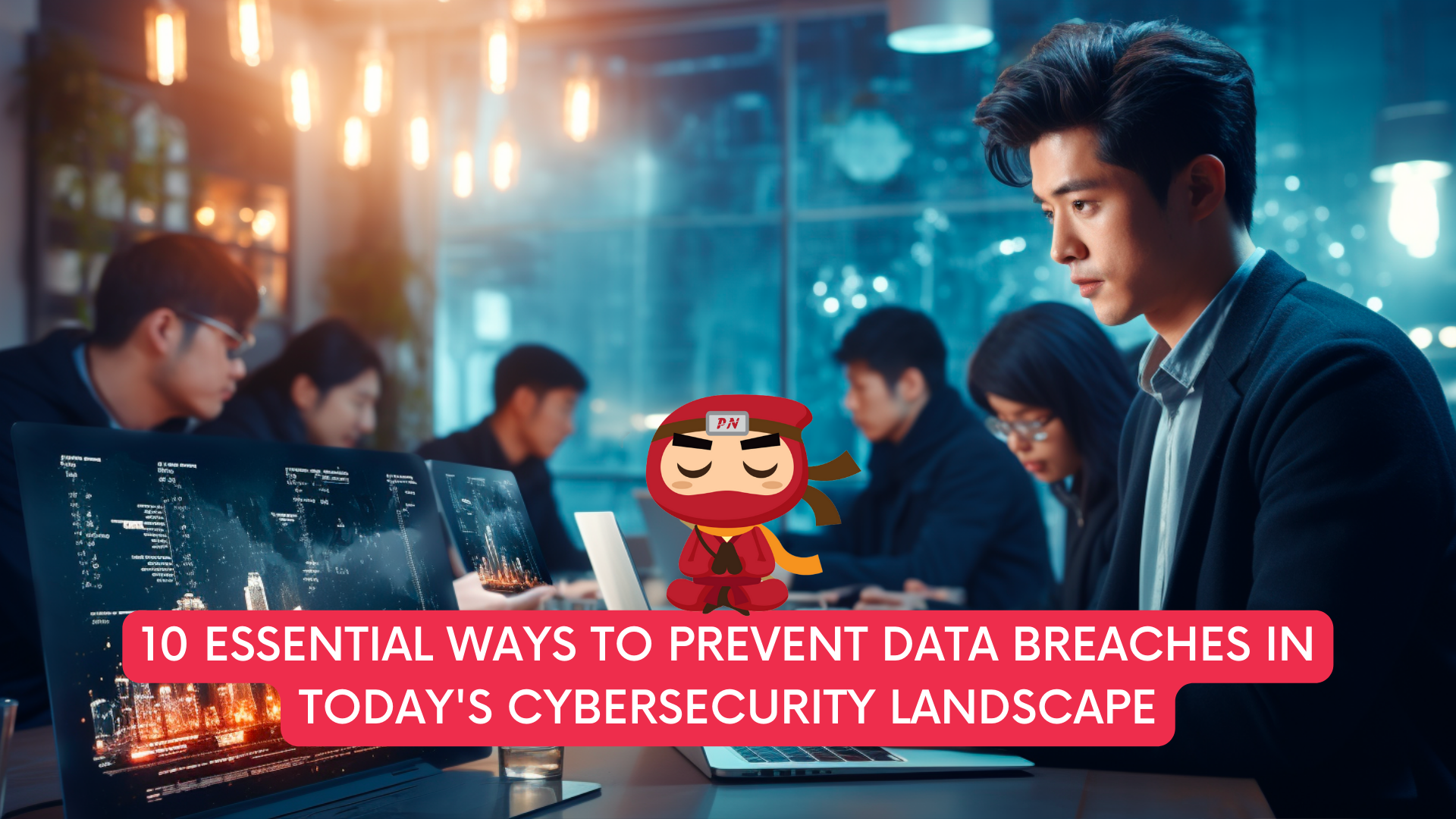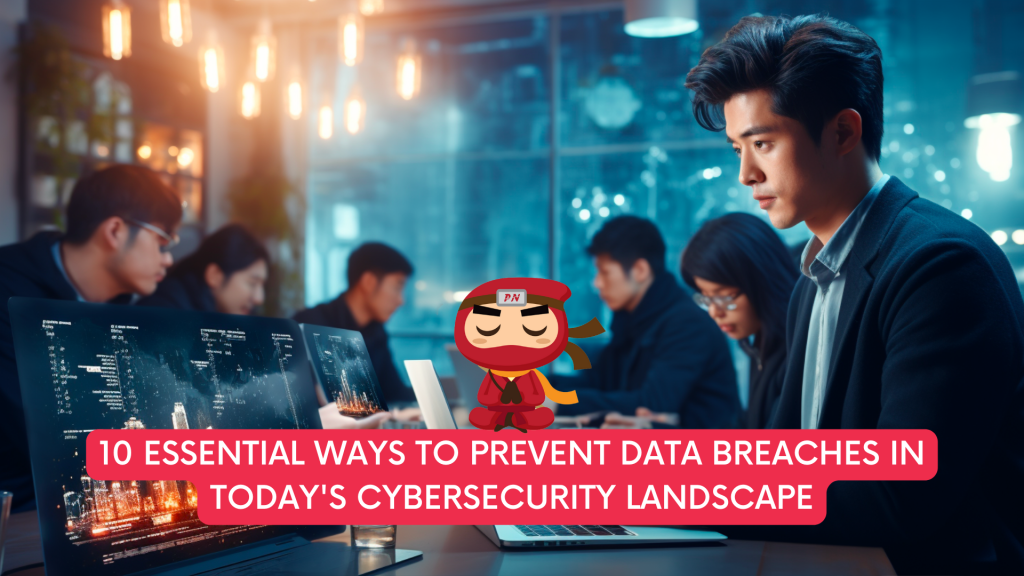KEEP IN TOUCH
Subscribe to our mailing list to get free tips on Data Protection and Cybersecurity updates weekly!







In an era where data is the lifeblood of businesses and individuals alike, protecting sensitive information has become a paramount concern. The proliferation of digital technology and the ever-evolving cyber threat landscape demand that we take proactive measures to prevent data breaches.
With high-profile data breaches making headlines regularly, it’s crucial for organizations and individuals to stay ahead of cybercriminals and safeguard their valuable data. In this article, we’ll explore ten essential ways to prevent data breaches in today’s standard and precautionary measures.
One of the simplest yet most effective ways to prevent data breaches is by enforcing strong password policies. Encourage employees and users to create complex, unique passwords and change them regularly. Implement multi-factor authentication (MFA) wherever possible to add an extra layer of security.
Outdated software and systems are often the weakest links in cybersecurity. Cybercriminals exploit vulnerabilities in older software versions. Regularly update your operating systems, applications, and antivirus software to ensure you have the latest security patches.

Human error is a leading cause of data breaches. Conduct cybersecurity awareness training for your employees to teach them about phishing attacks, social engineering tactics, and safe browsing habits. Create a culture of security within your organization.
Encrypting sensitive data both in transit and at rest is crucial. Encryption ensures that even if a cybercriminal gains access to your data, it remains unreadable without the encryption key. Employ encryption technologies to safeguard confidential information.
Restrict access to data based on the principle of least privilege. Ensure that employees can only access the data and systems necessary for their job roles. This minimizes the risk of unauthorized access and data breaches.
Continuous monitoring and auditing of your systems and networks can help you detect and respond to potential threats in real-time. Implement intrusion detection systems (IDS) and intrusion prevention systems (IPS) to strengthen your defenses.
Data breaches can still occur despite all preventive measures. Having a robust backup strategy in place ensures that you can recover lost data quickly. Additionally, develop a comprehensive incident response plan to minimize the impact of a breach and facilitate a swift recovery.
With the rise of remote work, securing mobile devices and remote environments is crucial. Implement mobile device management (MDM) solutions, enforce security policies on mobile devices, and ensure secure connections for remote workers.
Perform regular security assessments and penetration testing to identify vulnerabilities in your systems and applications. This proactive approach helps you fix weaknesses before cybercriminals exploit them.
Consider partnering with cybersecurity experts and firms that specialize in protecting data. They can offer valuable insights, threat intelligence, and best practices to enhance your security posture.
Data breaches are a constant threat in today’s digital landscape, but they are not insurmountable. By implementing these ten essential measures – from strong password policies to collaborating with cybersecurity experts – you can significantly reduce the risk of a data breach. Remember that cybersecurity is an ongoing process, and staying vigilant and proactive is the key to safeguarding your valuable data in today’s standard and precautionary measures. Don’t wait until a breach occurs; fortify your digital fortress now to protect what matters most.

Your appointed DPO can work with you on your PDPA compliance, ensuring that there will be policies in place to make sure that the handling of personal data is PDPA compliant.
A Data Protection Officer (DPO) oversees data protection responsibilities and ensures that organisations comply with the Personal Data Protection Act (PDPA). Furthermore, every Organization’s DPO should be able to curb any instances of PDPA noncompliance as it is the officer responsible for maintaining the positive posture of an organisation’s cybersecurity.
DPOs complement organisations’ efforts to ensure that the organisation’s methods of collecting personal data comply with the PDPA. It also ensures that policies are set in place to make sure that there will be no instances of data breaches in the future.
Don’t wait any longer to ensure your organisation is PDPA compliant. Take our free 3-minute PDPA Compliance Self-audit checklist now, the same “secret weapon” used by our clients to keep them on track. Upon completion, we will send you the results so you can take the necessary action to protect your customers’ data. Complete the free assessment checklist today and take the first step towards protecting your customers’ personal data.